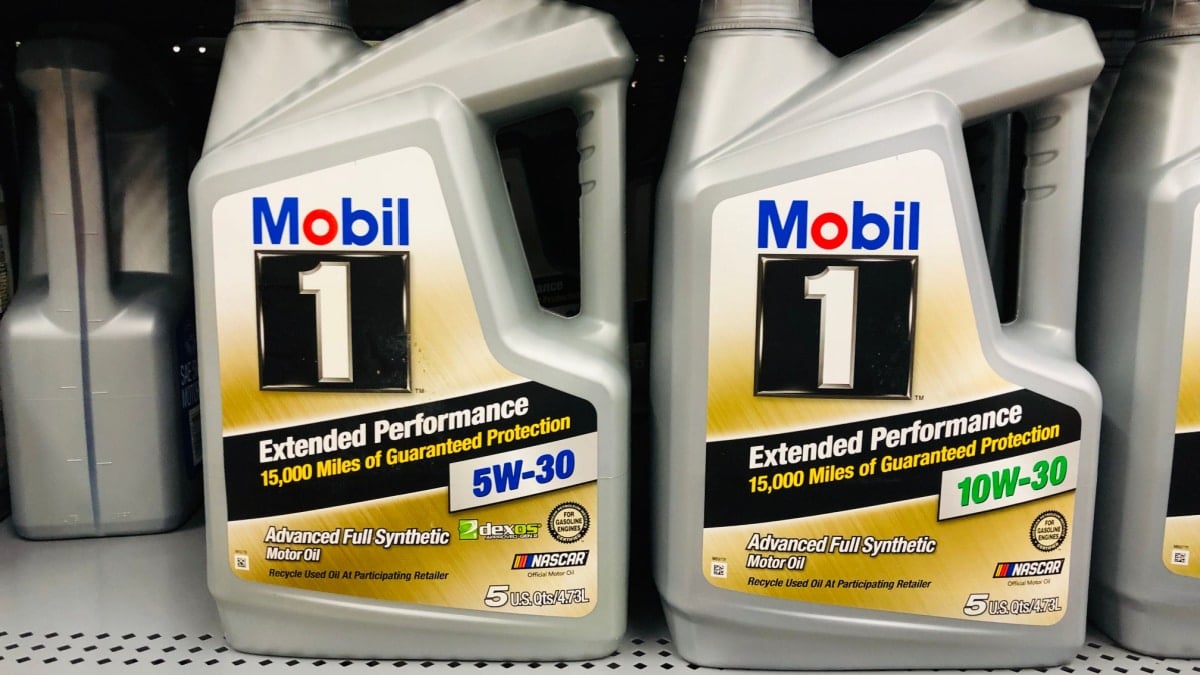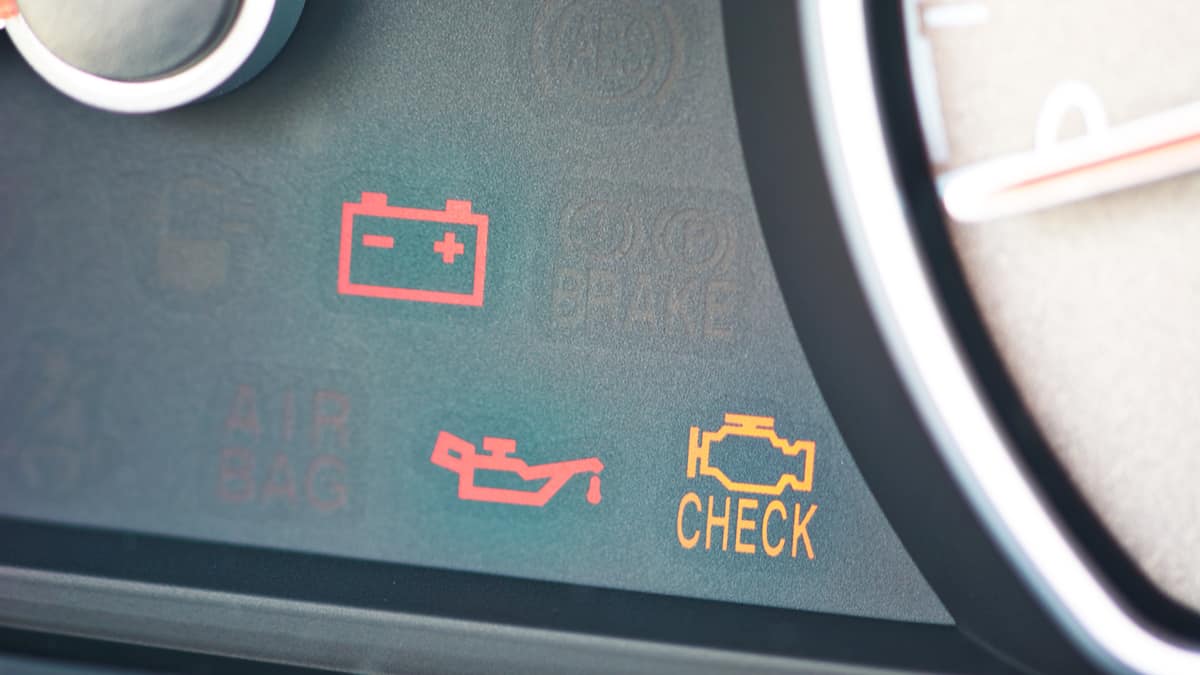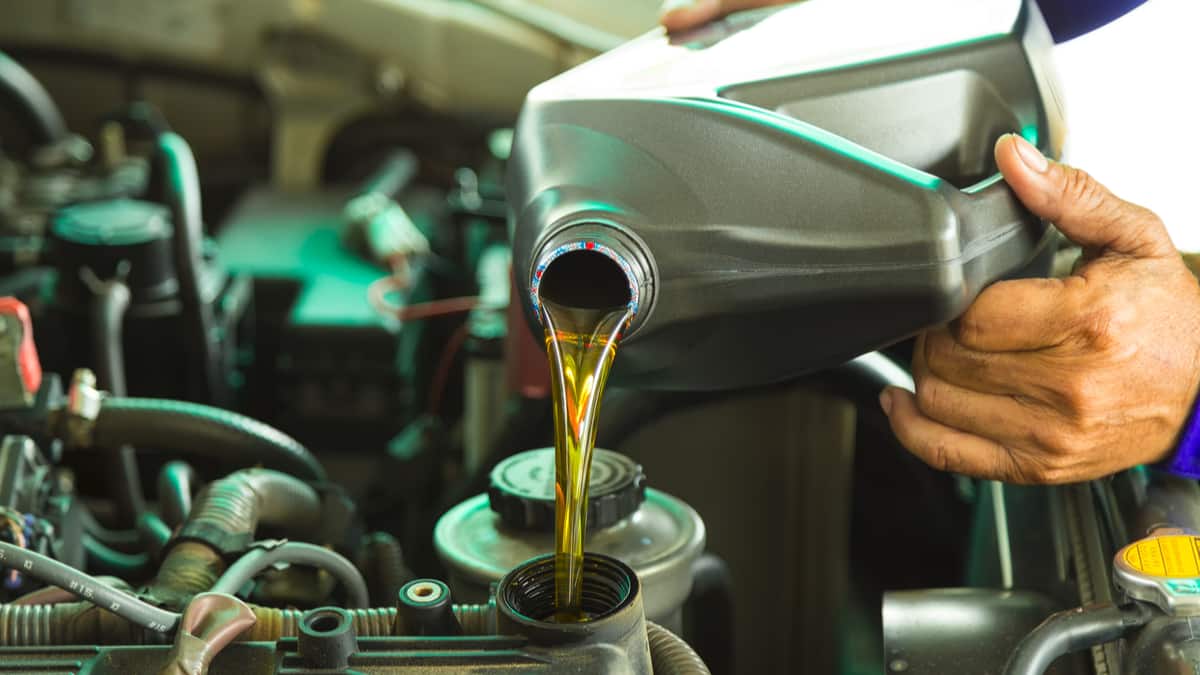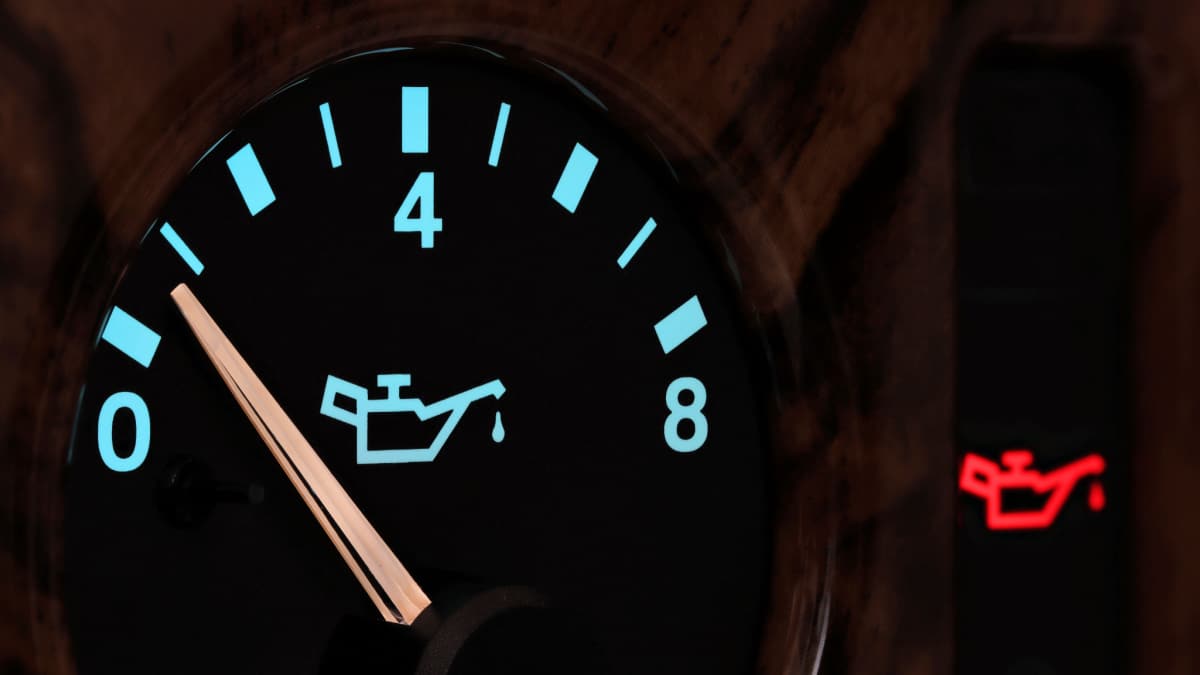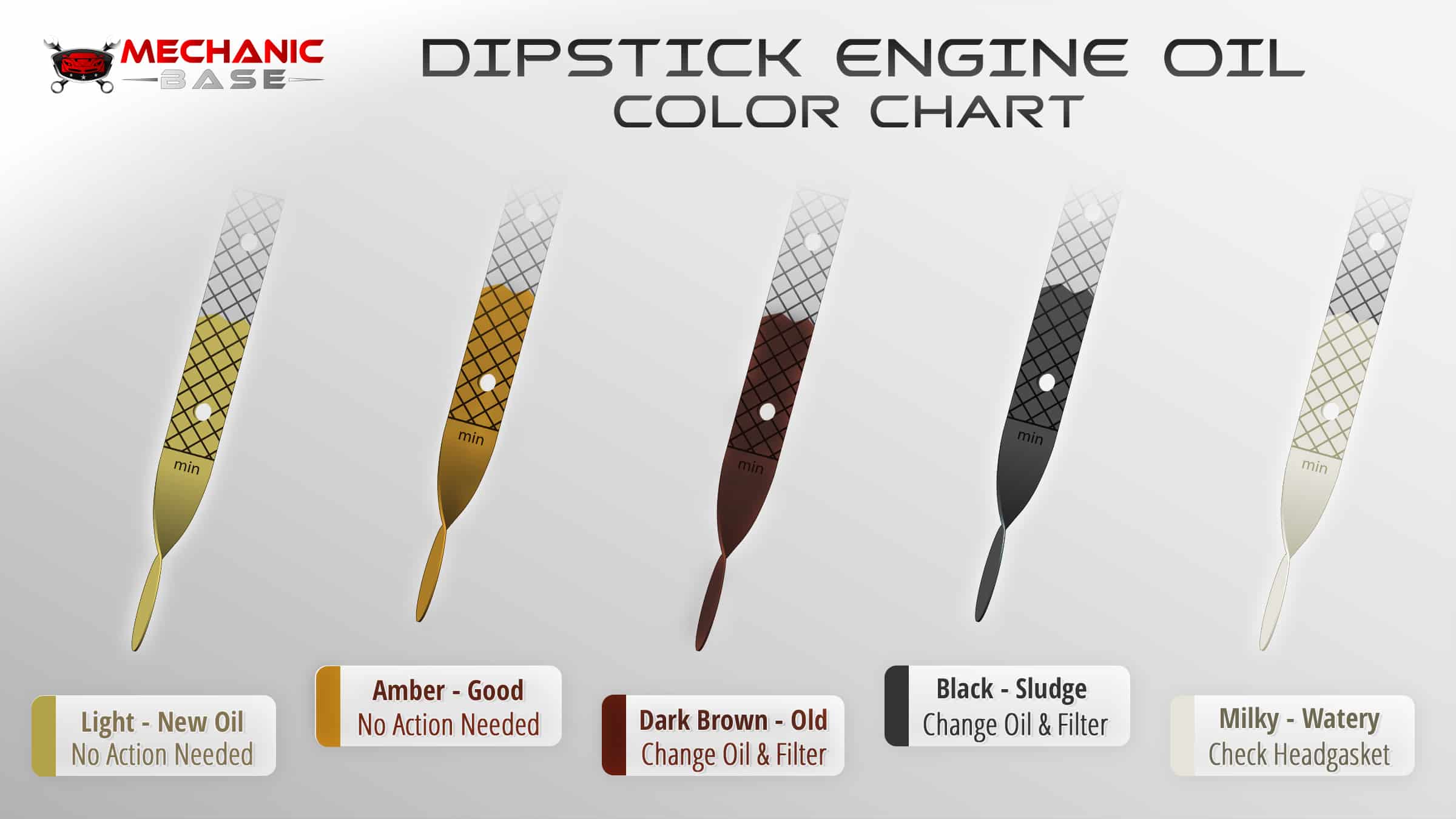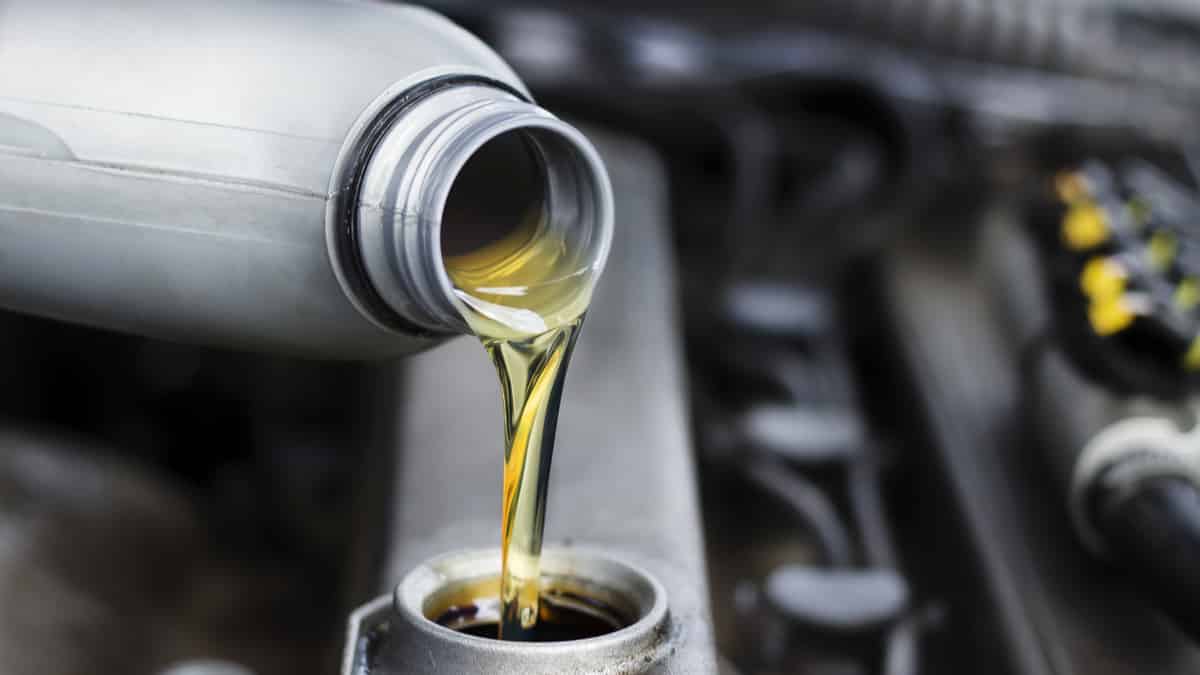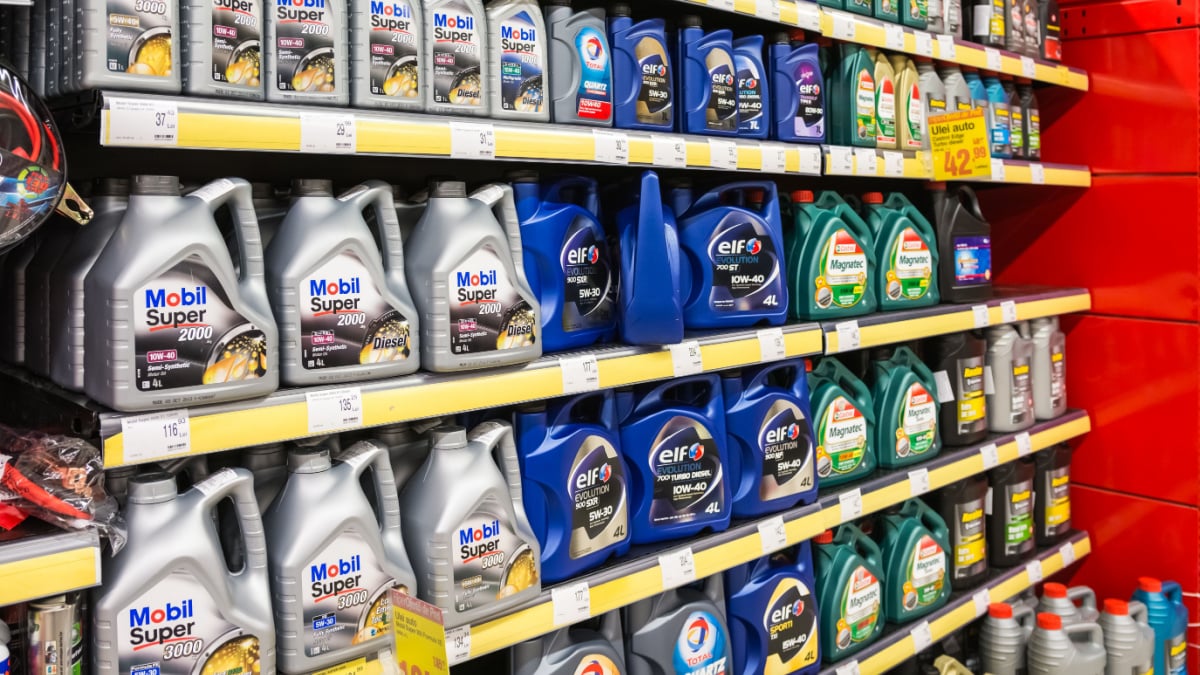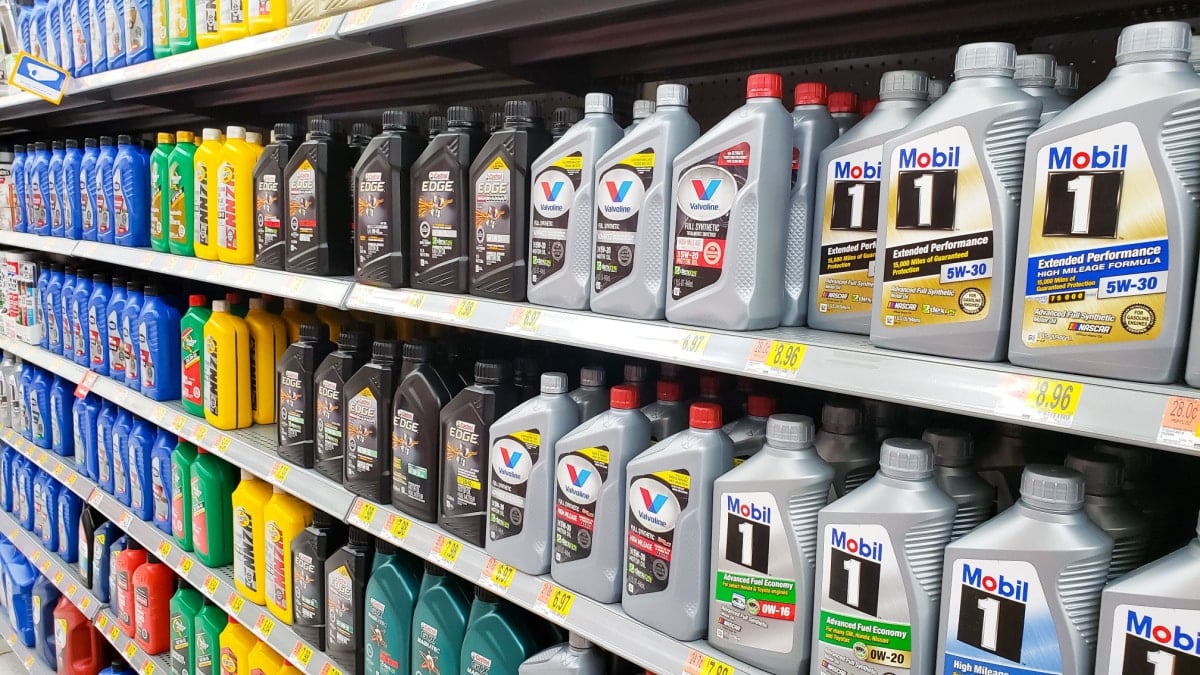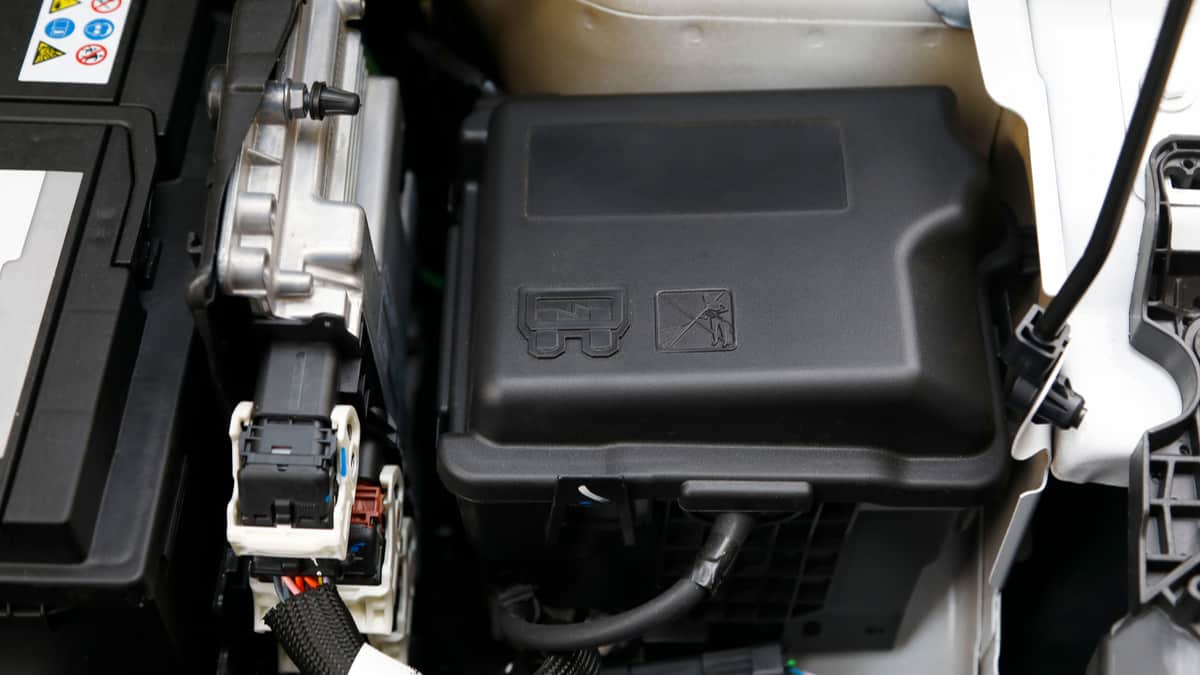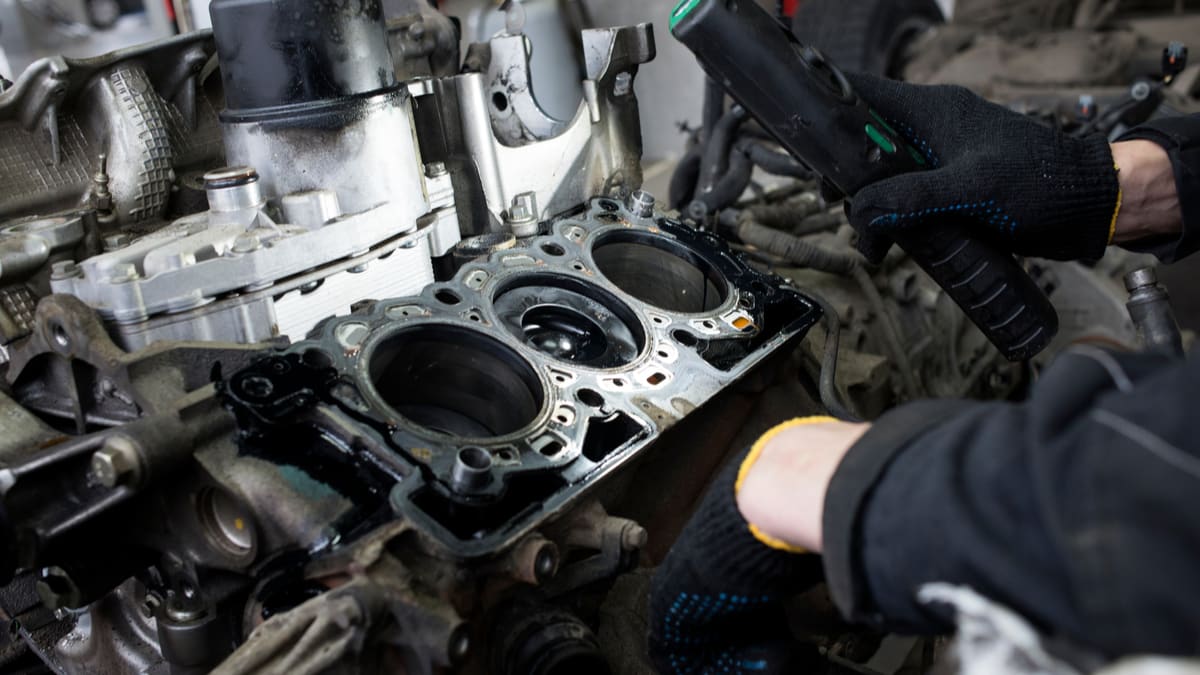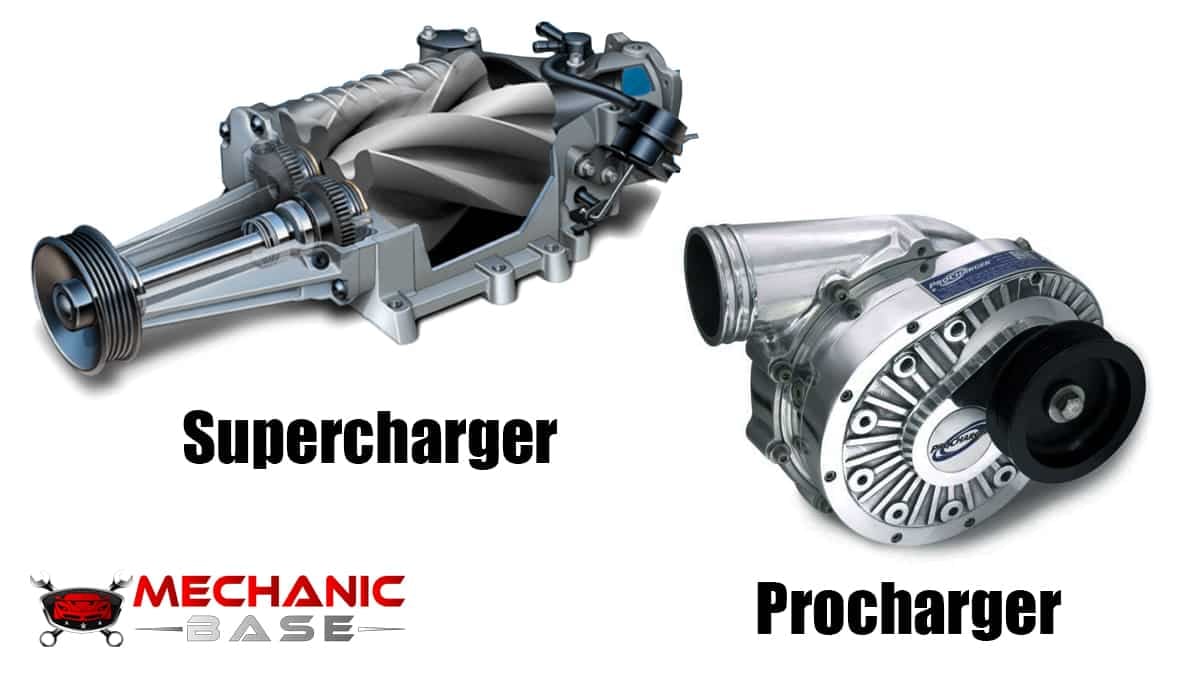When it comes to changing and topping off the motor oil, consumers are regularly confused about what viscosity to use. With so many options on the market, it’s tough figuring out what’s best to use. For example, can you put 10w30 in a 5w30 engine?
In this guide, I examine the main differences between the two motor oils and discuss how to read the motor oil ratings. I also look at if it’s okay to mix the two viscosities and describe what’s going to happen if you switch out the type.
Is It Okay to Mix 10w30 and 5w30 Motor Oil?
In general, it’s considered safe to use 10w30 and 5w30 interchangeably as long as you follow the manufacturer’s oil specifications. There are some minor differences, but nothing that’s going to cause a major problem in most vehicles. However, it’s still best to follow specification recommendations whenever possible.
What do you do if you are topping off the oil and you only have the other one available? Should you put the two together, or would it be best to drain the old oil out first? Honestly, there’s nothing stopping you from putting a little of the other oil in with what’s already in there.
In most situations, it’s fine to mix oils as long as they both match the specifications of what’s recommended by the car manufacturer. For this reason, it’s best to read your owner’s manual before proceeding.
What’s more important is that there’s enough oil in the system. You don’t want to leave the engine low because you don’t have the precise formula on hand. Oil levels should always fall between the Empty and Full markings on the dipstick. If not, go ahead and top it off.
REALTED: Conventional vs Synthetic Blend vs Full Synthetic Oil (Which to Use?)
Differences Between 10w30 vs. 5w30
1. Viscosity
The Society of Automotive Engineers determines the viscosity ratings of motor oil. 10w30 and 5w30 have different viscosity ratings. Considering that the W in the rating stands for winter, you can see that 5w30 is going to have a lower viscosity rating than the 10w30. It is a thinner oil when operating at lower temperatures.
However, both of these oils feature the same viscosity rating in warmer temperatures and conditions. With that said, neither of these is going to make a big difference under normal conditions. You shouldn’t see any significant issues when using them interchangeably.
RELATED: 0w20 vs 5w20 vs 5w30 – Oil Viscosity Explained
2. Performance
Because of the viscosity rating, you can anticipate the engine performance with either. Both 5w30 and 10w30 feature a similar SAE rating, proving that they will perform equally once the engine reaches normal operating temperatures.
However, 10w30 is going to thicken up more when used in colder weather. For this reason, 5w30 is going to be more suitable in some colder climates, although there’s not much difference in most situations.
3. Lubrication
The 5w30 is going to provide enough lubrication for most passenger vehicles. There’s no reason to use a thicker oil in most situations.
However, 10w30 is thicker before the engine reaches normal temperatures. For this reason, it might provide better lubrication for commercial vehicles or anything with a heavy-duty engine.
4. Ideal Environment
Where you live and the conditions in which you drive your car have a profound effect on what oil you need to use. Both 5w30 and 10w30 are considered multi-grade oil.
If you live in a region with sub-zero temperatures, you want to use 5w30. It’s going to perform better in the winter than 10w30, although both operate the same once the engine is warmed up. On the flip side, 10w30 flows the best when temperatures reach triple digits in the southern states.
RELATED: What Type of Oil Does My Car Need?
How to Read Motor Oil Ratings
Let’s dive deeper into how to read the oil ratings set by the SAE. For starters, you want to look at the number that occurs before the W. I’ve already covered that the W stands for winter. The number before the W shows how well the oil flows when used in lower temperatures. If you live in a cold-weather climate, both the 5W and 10W oil are going to be a good option for you. However, the 5w oil will flow slightly better at first if temperatures are cold.
10w30 is recommended as long as the minimum outside temperature is above 0°F. If your area hits lower temperatures during the winter months, you’ll want to swap it out for 5w30.
Now, let’s deal with the number that comes after the W. This figure reveals the thickness of the oil at normal operating temperatures. In both of these cases, you see that the oil will perform the same once the engine is warmed up. There are other motor oil options that provide different operating viscosities, but you don’t want to use these if they aren’t recommended for your vehicle.
What Happens if I Use 10w30 Instead of 5w30?
If you put 10w30 oil in the engine instead of 5w30, you probably aren’t going to notice a difference in most circumstances. The only difference is that the engine is slightly less protected from wear when you start the engine in extremely cold temperatures.
Both operate the same once the engine is warm, so there’s very little to worry about unless you are living somewhere with extreme cold.
The thicker oil isn’t going to flow as quickly through the engine at first. For this reason, 5w30 could provide better fuel economy at first, but the results will be so minimal you probably won’t notice them. As mentioned above, once the engine is warmed up, the oils will work the same, so fuel economy is no longer an issue.
RELATED: How Much Oil Does My Car Need?
Should Higher Oil Viscosity Be Used in High-mileage Engines?
It wasn’t long ago that engines were built to include looser tolerance. This condition was especially noticeable with the bearing clearances. As the engine hit 100,000 miles, it would begin to deteriorate. To prevent wear, owners would regularly switch to higher oil viscosity, sometimes 10w40 or 20w50.
When they did this, the oil pump and engine had to work much harder to pump the oil and maintain proper pressure. While the thicker oil might offer more lubrication, car owners were sacrificing horsepower to protect it. Thankfully, this isn’t necessarily the case today.
With the modern car engine, you can easily get to 300,000 miles or more without any engine problems. The oil and circulation issues that happened years ago have been fixed with high-tech designs. There are also tighter clearances in today’s engines. For this reason, it’s no longer necessary to switch oil viscosity as the engine ages.
On the other hand, switching to a higher viscosity than what’s recommended can cause more damage today than any good it might provide. It could lead to permanent engine wear. If you do start to notice trouble with leaking or burning oil, there are other options. You could switch to a high-mileage oil formulation, as long as it’s in the recommended viscosity. These commercially-made oils have special additives meant for the aging engine. There are also additives that will help to lubricate the seals and stop those pesky little leaks.
RELATED: 6 Best Motor Oils for High Mileage Engines – Review
Is 5W30 or 10w30 better for summer?
There is no reason to switch between 5W30 and 10W30 between winter and summer. Both have the same viscosity at higher temperatures, but 5W30 is slightly thinner than 10W30 at cold temperatures. 10W30 is preferred in warmer climates, but you should still follow the manufacturer’s recommendations.
Is 10w30 better for high mileage?
10W30 oil can be good for a high-mileage engine. However, there are many more factors to consider before, and it is best to follow the manufacturer’s recommendations. However, many people prefer to use even thicker motor oils than 10W30 in high mileage engines.
Is 10w30 thicker than 5W-30 in summer?
No. At high temperatures there is no difference between 10w30 and 5w30. The number 30 is the higher temperature rating, and the 10 and 5 are the cold temperature viscosity. Therefore, 10w30 is thicker at colder temperatures.
Is 10w30 or 5W-30 better for winter?
5W30 oil is preferred for winters in very cold climates due to the lower viscosity at low temperatures. However, there is no reason to switch between them during summer and winter. Always follow the manufacturer’s recommendations.
Categories: Engine Oil
